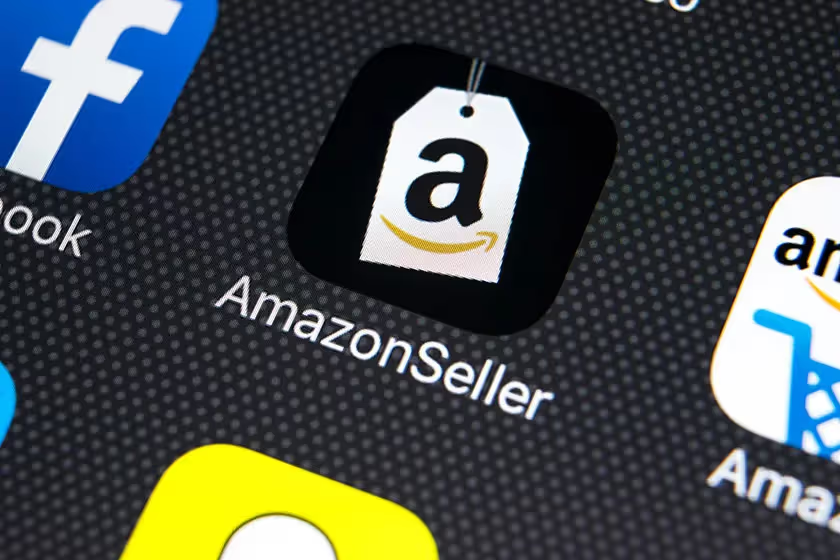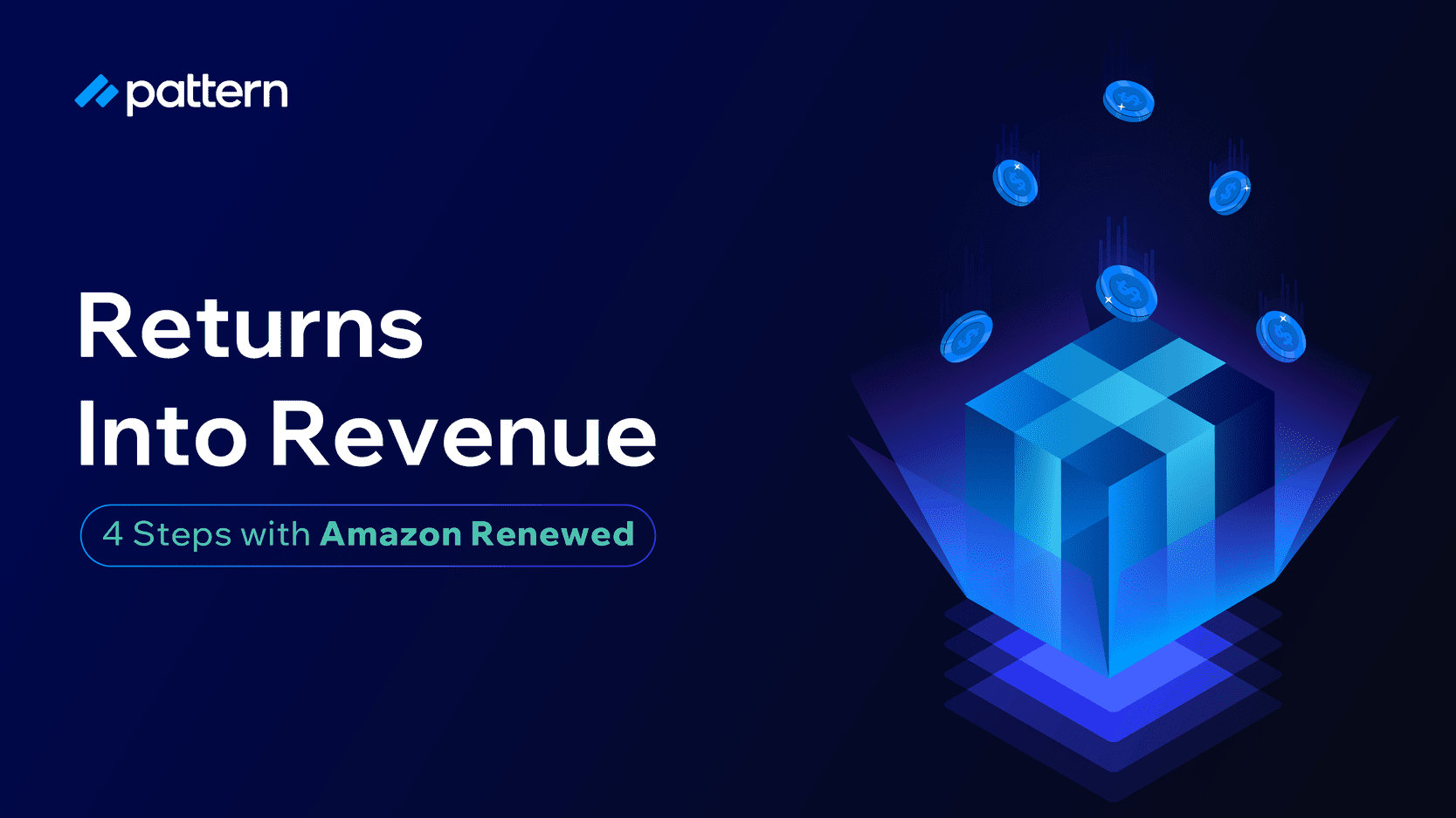5 Reasons to Think of Amazon as Your Second D2C
Pattern's ecommerce multichannel managers give Amazon sellers 5 reasons To think of Amazon as your second D2C.

Nowadays, anyone can sell online. From local listings to template websites, boutiques to warehouses and department stores, customers can find just what they’re looking with a quick search on their laptop or phone.
But even with the rise of convenient online selling, Amazon is still the largest e-commerce site on the web. If you can sell your own products on your own site, though, then why bother selling through the e-tailer giant? Well, there are actually a lot of reasons why you should think of Amazon as your second store. But to save you time, we’ve listed the top five reasons here.

1. Market dominance
First of all, even if you sell online and maximize your SEO so that people can search and find your virtual store, the reality is that Amazon will still have more sales than your site. In fact, Amazon oversees 49% of all e-commerce sales according to Retail.eMarketer.com. The closest competitor is Ebay, which owns 6.6% of online sales. That’s a whopping 43% difference in online market dominance.
2. Quality traffic
To go along with how many people shop on Amazon is the nature of how they shop. It turns out that 55% of people will search for a product on Amazon before any other search engine (yes, even the all mighty Google is second to product searches). So it’s no surprise to learn that 50% of Amazon’s site traffic is direct, as opposed to 31% from search engines. Of those searches, 92% of them are organic using the top keyword “Amazon,” clearly indicating searchers are specifically looking for the large e-tail website.
And 8% is from referrals from sites like Audible (an Amazon site), Buzzfeed and Prime Video (another Amazon site). We get it, Amazon, you’re popular… Now, just imagine tapping into all that quality traffic who are looking to spend their money, then showing them one of your sponsored products right off the bat.
3. Purchase intent
You can imagine that if half of all product searches start on Amazon, then it’d go without saying that these searches are planning on leaving with something. People on Amazon are not browsing, they’re buying. Millward Brown Digital even did a study in 2015 on how serious shoppers are about buying on Amazon. They found that the conversion rate is 74% for Prime members and 13% for non-Prime members, which is still significantly higher than the average 3.32% on other online retailer sites. Imagine what those numbers would be now in 2018. Online shoppers are needing (or wanting) something in their life, they look it up, they find it and they buy it – on Amazon, most of the time. So be ready to sell there and help them find exactly what they never knew they needed.
4. Competition
Now, here’s the ugly underbelly of the e-commerce beast: Even if you don’t sell your product on Amazon, someone else will. Third-party sellers are no secret, and even Jeff Bezos himself famously said how Amazon is “not in the business of helping people sell things, [Amazon is] in the business of helping people buy things.” And this philosophy means a plethora of buying options for customers. And with the higher traffic and purchase intent on the e-commerce giant, it’s very likely (and almost guaranteed) that your imposter will find your customers before you do and cut into your market share, whether or not you’re selling there.

5. Image control
Since other warehouses will be selling your own brand on Amazon, they’ll also take liberty to price points, product descriptions, review moderation and shipping and handling – all at the expense of your reputation. Even if they’re selling your product, your competitors don’t care about your brand. They’re only looking to make a buck, plain and simple.
So storing your well-thought out product on faulty shelves, lowering their price to erode yours, then tossing it in a flimsy box to load on a sketchy truck doesn’t matter to them so long as they get that sale instead of you. And since online shoppers are unable to physically pick up an item like they would in a department store, it’s now the norm for them to rely heavily on images, descriptions and reviews instead.
Leaving the responsibility of ensuring a good experience to someone else can have catastrophic results to your future customers. But if you sell your own product on the platform, you’ll have more control over your brand’s online presence, from information and reviews to price comparisons and package handling. Not to mention getting in-depth analysis and keeping a close eye on any black hat tactics used against your efforts. And since Amazon is searched more often before Google, there are numerous ways to maximize your presence and elevate your products on the search results.
For instance, SEO is unique on the e-commerce platform but not impossible to master. Rich product descriptions can help buyers really imagine the product as if it’s in their own hands. A variety of clean and crisp images can show every angle and detail. Paid advertisements and product placements often look like a regular search item without buyers feeling pressured. These are just some of the ways to win big on the giant e-tail site. The more content-rich your products are, the more likely you’ll outrank your imposters and win back your sales. And that’s a benefit you definitely don’t want to miss out on.
Still not sure if Amazon is the right outlet to reach your customers? You can explore different business models that best serve both your customers and your business needs. But whether you sell directly to them through the platform or merely use it as a mask to your own store, there’s one undeniable truth that doesn’t waver: In order to succeed, you need to be where your customers are. And with the rise in online shopping, it looks like your customers have already found their favorite one-stop shop. Our advice? Go where the money is.






